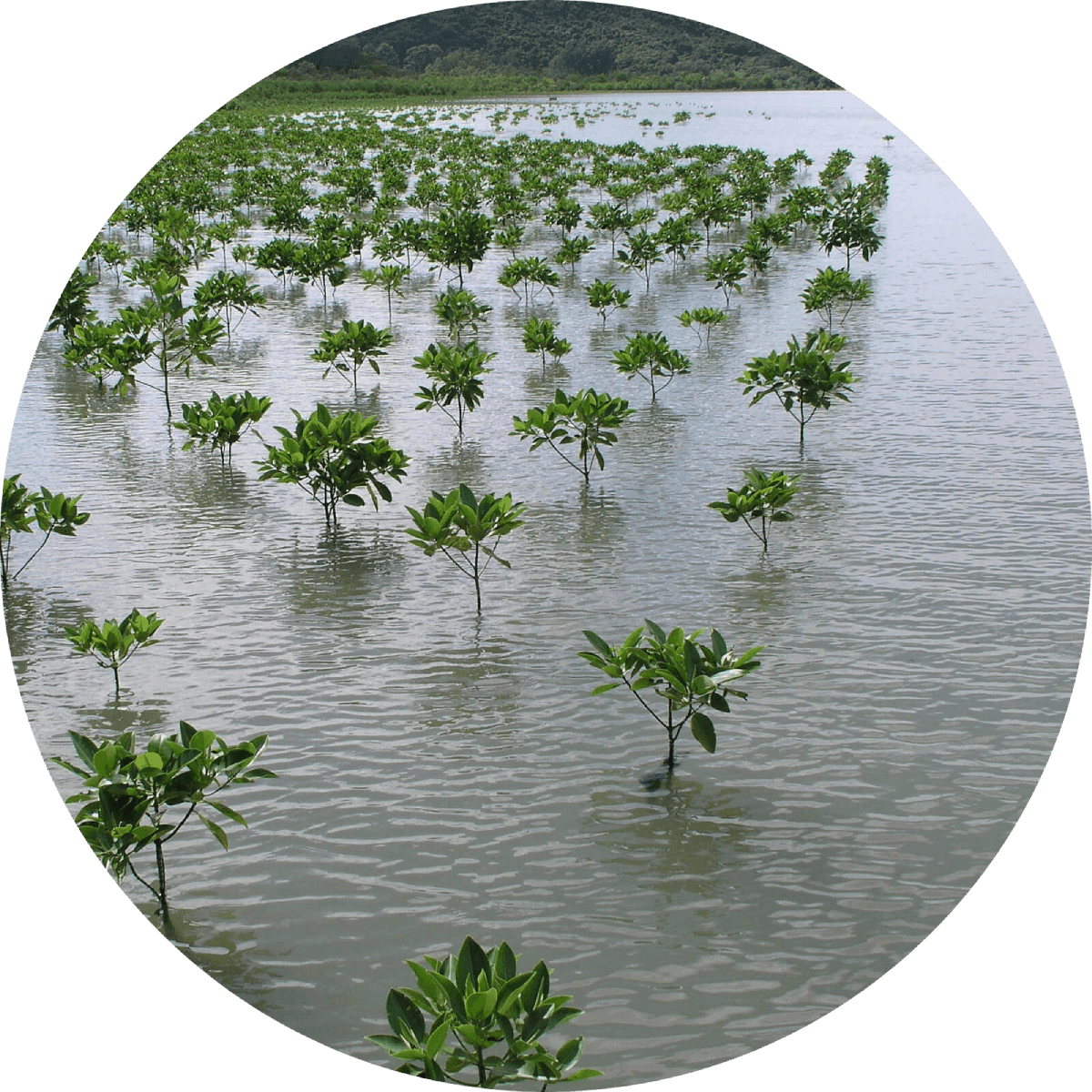The South-North Water Diversion Project "will link the Yangzi with the Yellow River, taking water from the humid south to the parched north. When finished, 3,000km of tunnels and canals will have been drilled through mountains, across plains and under rivers. Its hydrologic and environmental consequences could be enormously harmful. The project links China's two great rivers through three new channels. The eastern, or downstream one is due to open by the end of this year...It would pump 14.8 billion cubic metres along 1,160km of canals, using in part a 1,500-year-old waterway, the Grand Canal. The water pumped so far has been so polluted that a third of the cost has gone on water treatment."
China Conservation
3000 BCE - 2014 CE
"In September 2013, the central government released its Air Pollution Control Action Plan, which included a target of limiting coal to 65 percent of primary energy consumption and a ban on new coal fired power plants around Beijing, Shanghai, and Guangzhou."
"In January 2013, Beijing experienced a prolonged bout of smog so severe that citizens dubbed it 'airpocalypse'; the concentration of hazardous particles was forty times the level deemed safe by the World Health Organization. Later that year, pollution in the northern city of Harbin shrank visibility to less than 50 meters. China Daily reported that December was the worst month in 2013 for air quality, with more than 80 percent of the seventy-four cities with air-monitoring devices failing to meet national standards for at least half the month. Based on a 2012 Asian Development Bank report, less than 1 percent of China's 500 largest cities meet the WHO's air quality standards."
China launched localised carbon trading schemes to regulate surging emissions in 2013. "The aggregate of all emissions regulated in China through the seven pilots will be the second largest in the world, following only the European Union."
"In December 2013, China's National Development and Reform Commission, the country's top economic planning agency, issued its first nationwide blueprint for climate change, outlining an extensive list of objectives to achieve by 2020. Since January 2014, the central government has required 15,000 factories, including large state-owned enterprises, to publicly report real-time figures on their air emissions and water discharges. And the government has pledged to spend $275 billion over the next five years to clean up the air."
In recent years the number of annual water pollution accidents in the country has risen to more than 1,700, according to statistics from the Ministry of Supervision.
The level of emissions from coal plants in China in 2011 could have contributed to an estimated quarter of a million premature deaths that year, according to an analysis commissioned by Greenpeace. "China is building coal plants at a rapid rate and depends on coal as its primary source of energy – at almost 80% – half of which is burned by the power sector." By 2012, China will become the largest producer and consumer of coal in the world, accounting for almost half of the world's coal consumption.
In 2011, the Mongolian state revokes 250 mining licenses to protect sensitive headwaters. "Mining companies come to the Water Service to get a certificate that their licenses lie outside protection zones. The LLN becomes the 'greatest achievement of Mongolian government in environmental protection' as reported by Mongolian officials in many international meetings."
The United Movement of Mongolian Rivers and Lakes (UMMRL) is founded by local environmental activist from Onngi River, Tsetsegee Munkhbayar. Over the next 3 years Mukhbayar and his allies struggle to convince the state to draft legislation enforcing a ban on mining in the most vulnerable areas associated with water sources.
"By 2009, the Chinese State Forestry Administration had succeeded in increasing forest cover from 12% to 18%, with the goal of reaching a national forest cover of 42% by 2050..More recently, however, agency efforts have been more focused on increasing awareness on the issue, publishing data showing great environmental improvements across the country. Bureaucratic infighting has also presented an obstacle. "
"Pudacuo (Potatso) National Park in China's Yunnan Province is located in one of the most biodiverse regions of the world. While the region comprises only 0.7 percent of China's land area, it contains more than 20 percent of the country's plant species, about one-third of its mammal and bird species and almost 100 endangered species."
"China is the world's largest emitter of greenhouse gases, having overtaken the United States in 2007."
Conservation International pioneers the first freshwater payment-for-ecosystem-services (PES) project in China's Sichuan Province, establishing a fund that leverages support from the local government and NGOs. The project aims to demonstrate PES as a viable means of providing sustainable livelihoods and fresh water to local communities of the Upper Yangtze.
Projected to become the largest botanical garden in the world, the Qinling Botanical Garden's landscape is made up of plains, hills and mountains that form a complete ecological system in the garden. There are 13 rivers and natural landscapes of valleys, waterfalls, stones and forests. "The Qinling Mountains serve as the natural demarcation line between southern and northern climates in China's mainland. It also provides a natural soil for various types of biological resources. Many national nature reserves have been established in Qinling, the country's largest group of nature reserves...."


Learn about Maya Lin’s fifth and final memorial: a multi-platform science based artwork that presents an ecological history of our world - past, present, and future.

Discover ecological histories and stories of former abundance, loss, and recovery on the map of memory.

Learn how we can reduce our emissions and protect and restore species and habitats – around the world.

See how art can help us rethink the problems we face, and give us hope that each one of us can make a difference.

Help make a global memorial something personal and close to home. Share your stories of the natural world.